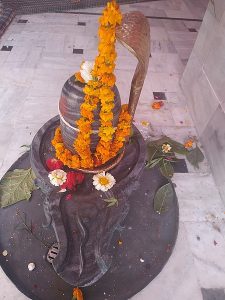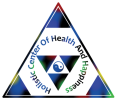 Shivling connects a devotee with the Supreme Being – Lord Shiva.
Shivling connects a devotee with the Supreme Being – Lord Shiva.
Shiva cannot be described but still we say he is without a beginning and an end and is without a form.
It is difficult for us, humans, to understand this formless nature.
The lingam is the symbol of Lord Shiva, the performance of puja helps to connect and understand Lord Shiva and his energy.
Each Lingam puja, step by step, takes the devotee to the eternal truth, that all of us are part of the Supreme Being, we all are connected, we all are One.
Shivling Puja At Home
There are no fixed rules of worship. You can be flexible while performing the Shiva Lingam Puja.
Essential Items needed for Puja.
- Shiva Lingam (small or whatever size you prefer)
- Water
- Five liquids (milk, honey, sugarcane juice, water, rose water or any other that is available locally)
- Flowers
- Regular puja items like diya, camphor, incense, agarbatti.
 Worshiping Shivling at Home
Worshiping Shivling at Home
- Before starting the Puja, take a bath and wear freshly washed clothes.
- Repeat Hymns praising Lord Shiva or the mantra ‘Om Namaha Shivaya’ to create a mood for worship.
- Sits in front of the lingam and blows a conch or ring a bell to indicate the beginning of the Puja.
- First, it is the ‘panchamrit abhishek’ – the libation of five holy liquids over the lingam. The libation can consist of any five of the following – water from river Ganga, honey, sugarcane juice, milk, yogurt, ghee, seawater, coconut water or milk, fragrant oils, rose water or other precious liquids. Usually, only milk of a cow is used.
- While pouring the liquid, ‘Om Namah Shivaya’ is uttered. Some devotees utter the Lord’s name 108 times and some 1008 times. There is no fixed rule.
- After the ‘panchamrit abhishek’, the lingam is cleaned with water from Ganga. or just regular water.
- After this, the lingam is smeared with sandalwood paste and is decorated with flowers.
- Water and sandalwood paste is used to keep the lingam cool, as Lord Shiva is always in a highly inflammable state.
- In most Shiva temples, cooling liquid constantly drops from the pot hung above the Lingam.
- Next, flowers, sweets, coconut, and fruits are offered to the Lord.

- Diya, agarbatti, camphor and incense are lit and ‘arati’ is conducted.
- Some devotees fan the lingam and sing praises of Lord Shiva.
- Ringing the bells or blow a conch to indicate the end of Puja.
- White ash (vibhuti) is rubbed on the forehead and it is also distributed.
- Fruits, sweets and coconut are distributed as ‘prasad.’
